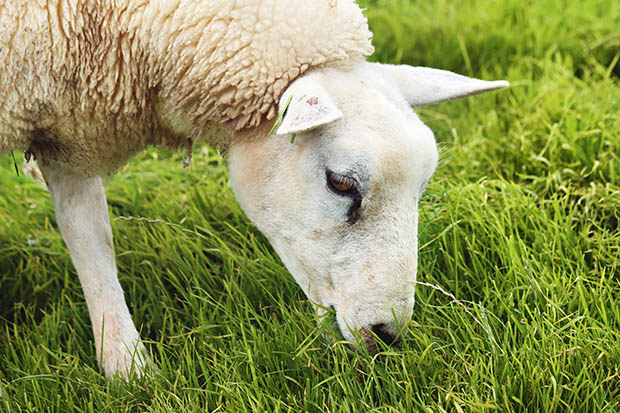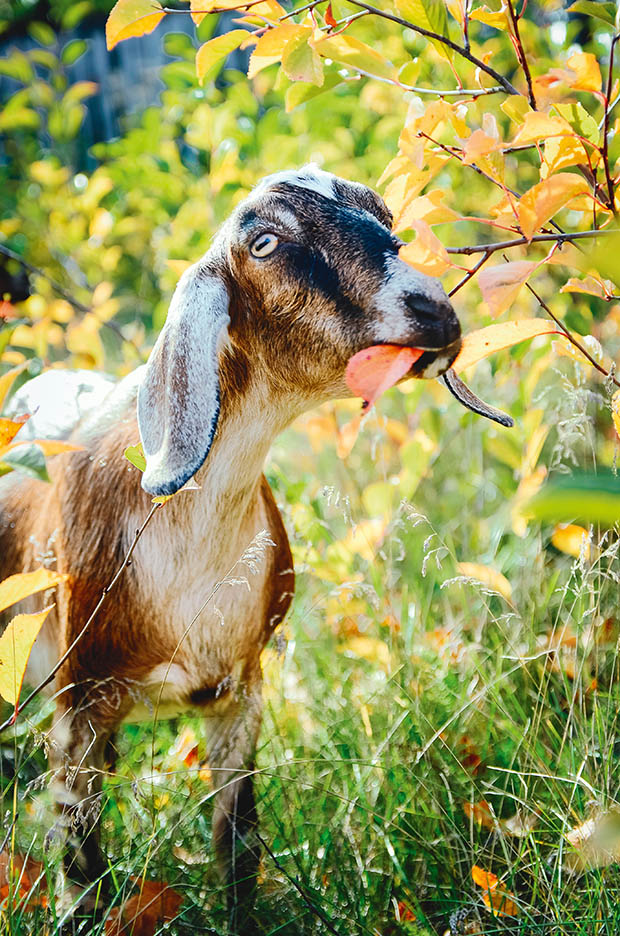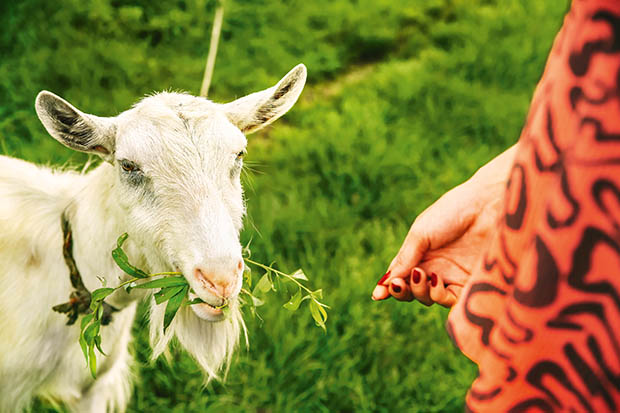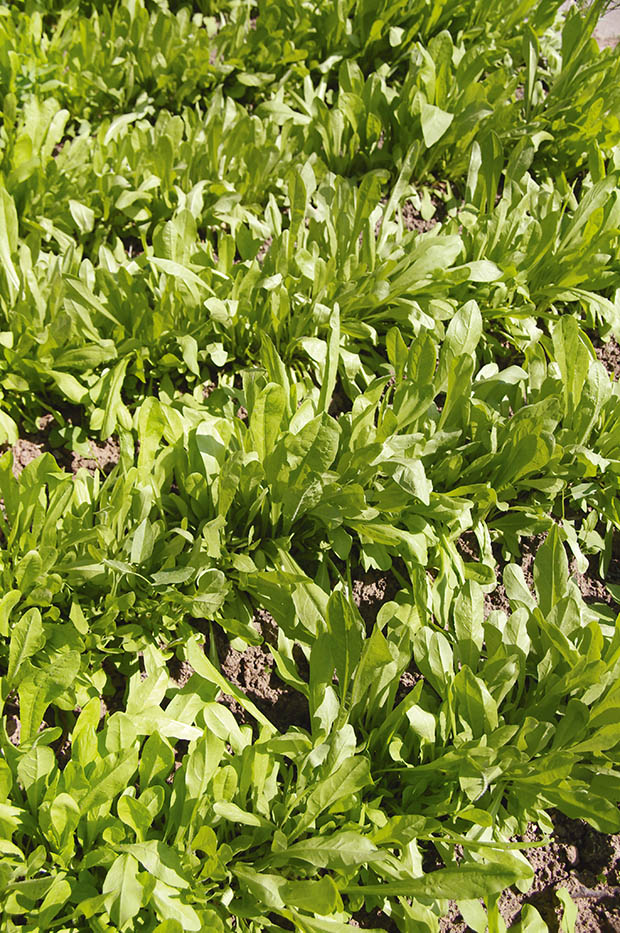7 things to know about natural worm control

Many people prefer to use natural health strategies for their livestock, but there’s a lot of misinformation on what works, and what doesn’t.
Words & photos: Dr Sarah Clews, BVSc
Drench resistance is on the rise, and I find block owners are frequently looking for alternative options to chemical drenching.
Gut worms naturally evolve, outsmarting the available drench products (deworming drugs) on the market over time.
Resistant worms are widespread throughout the country, especially on lifestyle blocks. Species such as goats are particularly hard hit, with underdosing and over-drenching the two big problems.
DO NATURAL DEWORMERS WORK?
I’ve heard about a lot of ‘natural dewormers’ over the years. Most have little to no scientific evidence to prove they work. Some are even harmful. There are proven, natural ways to prevent worm burdens.
There are many ‘deworming’ ingredients suggested with huge enthusiasm on social media and websites, including:
• apple cider vinegar;
• diatomaceous earth;
• garlic;
• pumpkin seeds.
It’s crucial to understand that grazing ruminants (sheep, cattle, goats, alpaca) have very different gut anatomy from other animals such as cats, dogs, poultry, and humans. You may see something convincing relating to one species, but it doesn’t always translate from one animal to another.

MYTH 1: APPLE CIDER VINEGAR (ACV)
The idea that ACV may affect gut worms in ruminants is almost funny if it wasn’t so prevalent.
ACV has long carried many claims for good health in humans. There is some research into what it does in humans, but nothing definitive in ruminants.
The theory I hear is that the acetate in ACV changes the pH of a ruminant’s intestines, making it uninhabitable for gut worms.
However, the first chamber of the ruminant stomach (the rumen) holds litres of fluid and naturally contains large amounts of acetate (which animals use for energy).
The rumen needs to be pH 6.2-7.0 (slightly acidic to neutral) for good animal health. Adding a tablespoon of ACV to feed or using it as a drench doesn’t affect the rumen or gut worms – all it may do is potentially burn the animal’s oesophagus on the way down.
If you could administer enough ACV to change the pH of the rumen – and it would be an enormous volume – it would kill the animal.
Furthermore, gut worms don’t live in the rumen. A drench must work its way through three more stomach chambers – each with its own pH-balancing mechanisms – before it reaches the part of the anatomy where parasites live.
Verdict: ACV doesn’t kill parasites or change the pH of any part of a ruminant’s gut.

MYTH 2: DIATOMACEOUS EARTH (DE)
Diatomaceous earth is a powder made from ground-up diatom shells (fossilized organisms that have turned into rock). The microscopic fragments have sharp edges and are thought to kill parasites by damaging the exoskeleton, causing the parasite to dry out.
There has been a fair bit of research into the use of DE in ruminants. Different studies have shown it has either a small benefit, no benefit, or is detrimental.
When vets see conflicting results like these, it usually means the compound isn’t doing much, and other factors are at play. For example, DE is high in minerals – it’s possible some of the groups in the studies were mineral-deficient and a DE supplement improved their health, making them better able to tolerate worms.
Another theory is that DE bulks up the faeces, diluting the number of eggs coming out but not affecting the number of worms inside the animal.
The downside is DE can irritate the eyes, and damage the sinuses and lungs if it’s blown into the air, for example by an animal exhaling heavily while its nose is in a feed bin.
Verdict: DE doesn’t convincingly prevent or reduce worm burdens. It may cause harm if fed in excess or inhaled.
OTHER SUPPLEMENTS
The benefits of pumpkin seeds, garlic, and thyme have been making the rounds for years, but there’s no convincing evidence for their use as dewormers in ruminants.
5 proven ways to prevent worm burdens

Cattle eating poplar as fodder for extra nutrition.
However, there are some proven alternative options that limit the use of chemical drenches.
1. Pasture management
As boring as it may seem, pasture management is still the most effective way to prevent your animals from picking up gut worms.
Ruminants under 18 months should never graze plants shorter than 3-5cm. Ninety percent of gut worm larvae live in the bottom 3cm of pasture. By simply keeping pasture longer than that, you prevent your most vulnerable animals from picking them up in the first place.
You’ll need to keep stock numbers low, so pasture stays long, and offer supplements if it’s too short.
Unlike adult sheep and cattle, goats of all ages have very little immunity to gut parasites. Alpaca gain some immunity as they age, but it’s poorer than other species. Both need to graze on longer pasture throughout their lives, and I recommend they always have hay as browse.
Goats: minimum pasture length 6-8cm
Calves: minimum pasture length 8-10cm
Alpaca & lambs: minimum 3-5cm
2. Tanniferous trees
The fresh growth of certain trees, such as willow, poplar, and tagasaste, is high in condensed tannins (CTs). These have been found to:
• inhibit the growth of worm larvae inside the gut;
• provide extra nutrition to stock, improving overall health and growth rates.
Recent studies show feeding fodder trees to sheep helps to improve lambing rates.
Ensure stock have access to a salt block to offset low salt levels in foliage.
Feeding tree fodder means stock eat less grass, reducing their intake of contaminated pasture and the chances of ingesting larvae.

Chicory.
3. Tanniferous crops
High tannin pasture plants are also an effective way to reduce the risk of parasites. The most popular and effective include:
• sainfoin (Onobrychis vicifolia), perennial herb, legume, highly palatable, nutritious, very drought-tolerant, non-bloating, can be used as pasture, silage, or hay.
• sulla (Hedysarum coronarium), short-lived (around two years) perennial legume, nitrogen-fixing, drought-tolerant, highly nutritious, best used as hay or silage to help with plant persistence, but can be grazed in summer and autumn.
• chicory (Cichorium intybus), perennial herb, highly nutritious, drought-tolerant. Research is ongoing, but so far shows stock fed a diet high in chicory (greater than 70%) have fewer parasites, and grow as well as (or better than) those fed grass.
Because all three are drought-tolerant, they’re an excellent supplementary feed during summer and autumn when numbers of barber’s pole (Haemonchus contortus), one of the worst parasites, are at their highest.
4. Parasitic fungi
There are now products you can add to animal feed that contain parasitic fungi that feed on worm larvae.
It’s a long-term strategy to help control parasites in pasture. The spores pass through the animal and are expelled in the faeces, then prey on worm larvae that hatch in it. They don’t affect the adult worms inside an animal, but over time they help to decrease the levels of larvae in the pasture.
5. Copper oxide wire particles (COWP)
These are long-acting capsules administered down the throat of sheep and goats. They sit in the abomasum, the fourth stomach chamber (where barber’s pole worms live), significantly reducing their numbers.
COWP should only be used under the supervision of a vet. It’s important to determine the copper status of the animals before dosing, as excess copper can be toxic.
DR SARAH’S TAKEAWAYS
No single strategy is going to work to prevent worm problems in livestock. They all have variable results depending on the individual animal, the quantity and quality given, the season, and the worm species.
Always monitor worm burdens closely with faecal tests through your vet.
Never use any of these strategies as a treatment for an unwell animal. It’s crucial to get a correct diagnosis and then use an appropriate treatment which may be a chemical drench.
Love this story? Subscribe now!
 This article first appeared in NZ Lifestyle Block Magazine.
This article first appeared in NZ Lifestyle Block Magazine.
